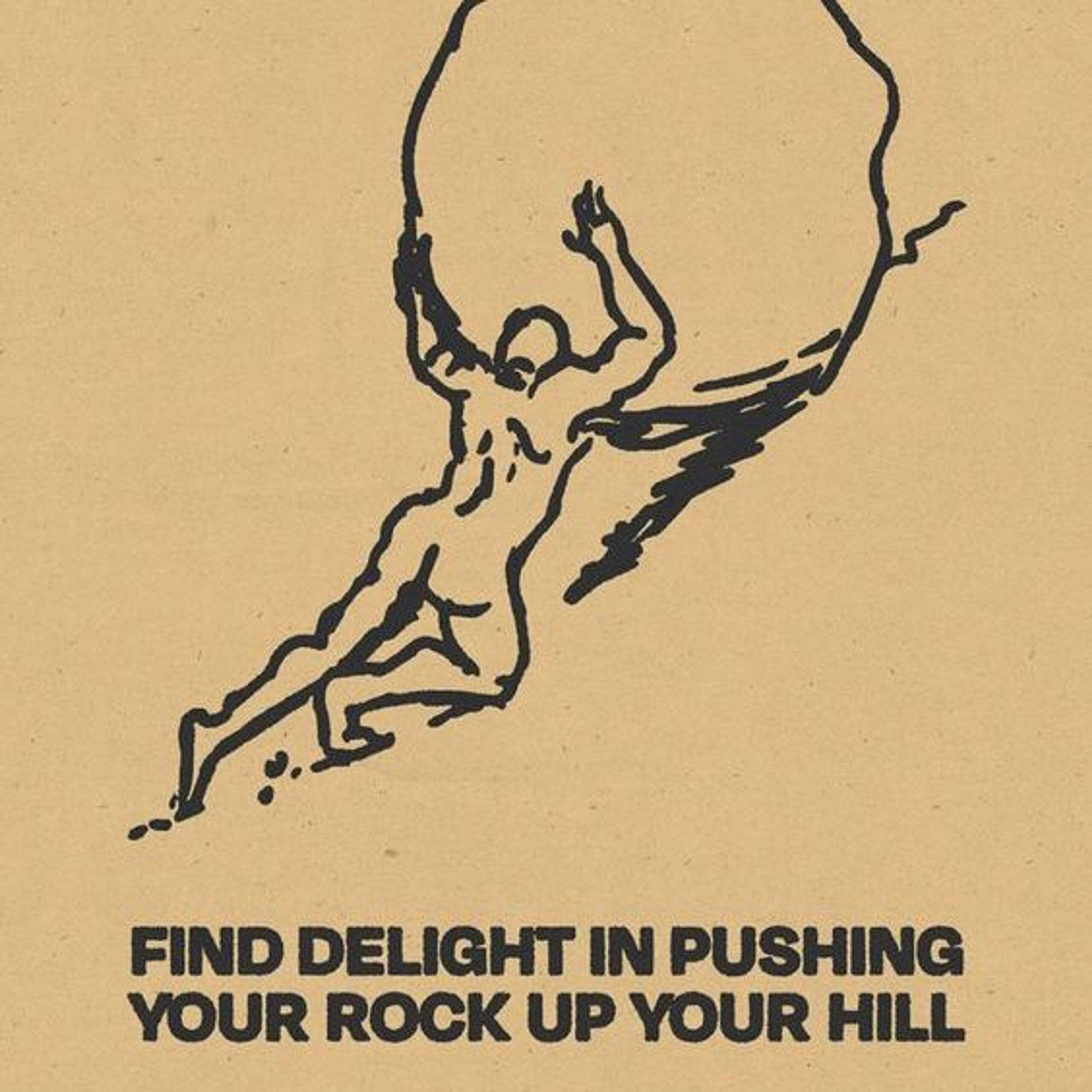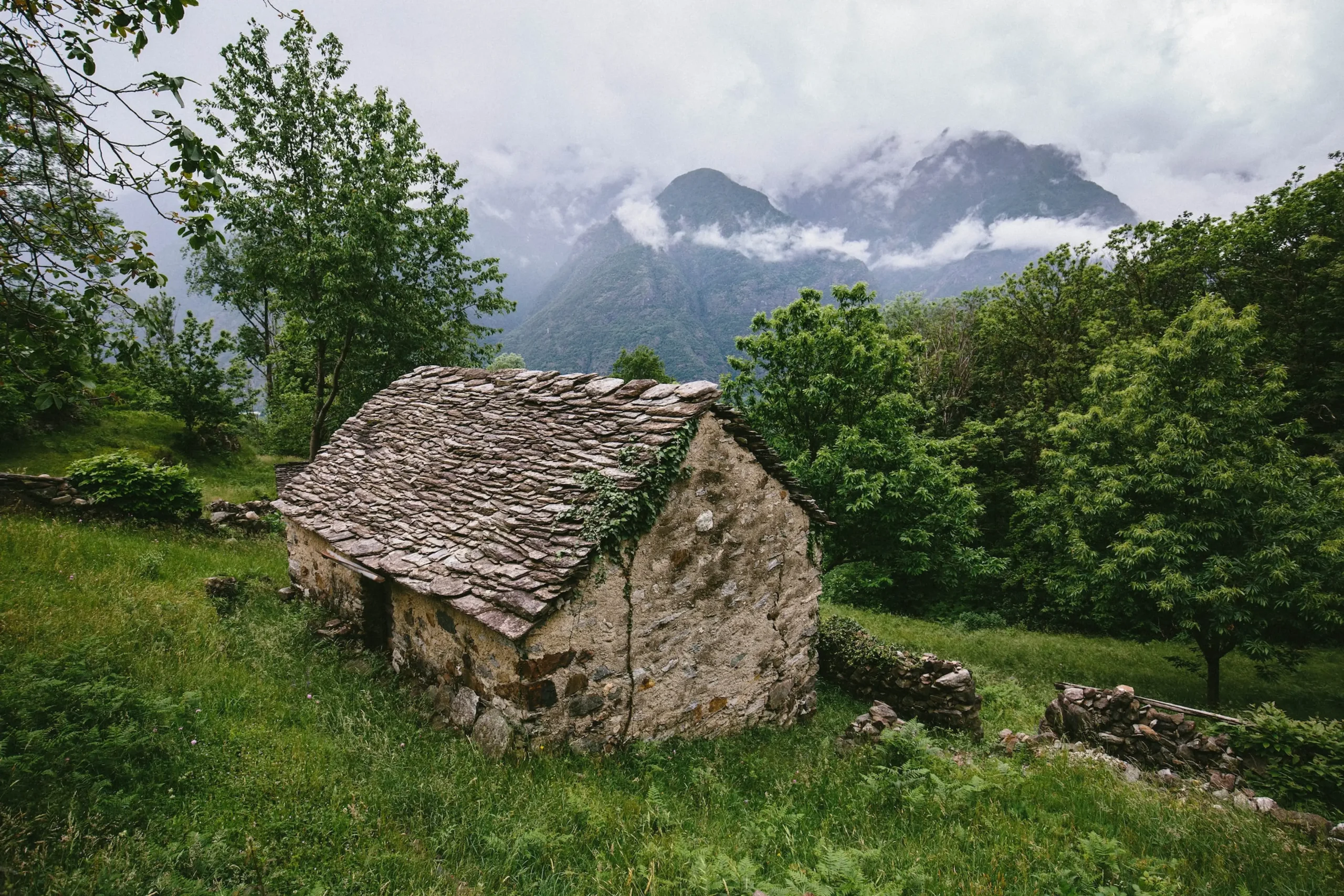Writing is hard. It’s damned hard. Even for a professional copywriter like myself. We’re all trying new tips and tricks to help us squeeze out the best we can put on paper. Writers have struggled to write since the dawn of the medium. No one knows why; it is just the nature of the work. Some writers even insist that writing should be hard. They say that if you enjoy writing, you’re doing it wrong.
My favourite quote is from Hemingway:
“There is nothing to writing. All you do is sit down at a typewriter and bleed.”
So how have famous writers across the ages solved this problem? This article explores iconic authors and their unique writing routines and spaces. Hopefully, whether you’re a copywriter, an author, or a poet, you’ll find your own inspiration and let your creativity soar!
George Bernard Shaw
Before researching this article, I only knew George Bernard Shaw as the rotating writing hut guy. But, of course, he was much more than that. He was an intensely prolific writer whose sheer volume of work has spawned its own Wikipedia page.
He was a playwright, political commentator, novelist, and critic. How did he have the time to manifest over sixty plays, five finished novels, a few unfinished works, and political writings? That’s where his writing hut comes in.
George Bernard Shaw would wake in the morning in his home in Ayot St Lawrence, then head out to his writing hut. His hut was kitted out with all the facilities he would enjoy in his primary study. The difference? No distractions. When Shaw went to his back garden and into his writing hut, he was writing, period. He would even instruct his family to tell callers that he was in London, which he called the hut.
Takeaway: When you’ve taken time to write, you write. Barring emergencies, no distractions should take you out of your flow.
Robert Hawker – Hawker’s Hut
Robert Hawker was an eccentric and a poet, in that order. He was known for his bright clothes and built his writing hut, called Hawker’s Hut, with driftwood from shipwrecks. In the hut, he would write poetry and smoke opium. Quite the combination.
The hut itself is unadorned and quite plain. I can imagine it being cold in the winter and hot in the summer. Yet, Hawker would spend hours in the hut writing.
Takeaway: Writing need not, or should not, be comfortable. Forget the fancy office chairs and mood lighting; simply write.
Virginia Woolf
While Virginia Woolf would constantly be taking down ideas, her favourite place to write was at her home in East Sussex. Here, she mainly wrote in a shed in her garden. I’m sensing a pattern here.
The shed was largely unadorned. All it had was a desk, a simple chair, and an armchair. Woolf often sat in the armchair with a piece of plywood on her lap and used a dip pen and ink to write. She would type up the results later. She mainly wrote in the mornings and was described as having the regularity of a stockbroker. Woolf would have breakfast with her husband, then head off to work promptly at 9:30 and work through 1:00 pm.
Takeaway: A simple yet effective routine shows that a writer’s time to write is as important as what they’re writing. Consistency is key.
Roald Dahl
Roald Dahl is one of the world’s most popular children’s novelists. His writing routine contradicts that of Robert Hawker. Roald Dahl was all about comfort in his writing hut in the back garden of his home in Buckinghamshire, England.
Dahl thought that he couldn’t work in the house. Too many distractions. So he cleared out his garden shed and installed a desk, a bench, a filing cabinet, and, most importantly, an armchair. He tied his footstool to the chair so it couldn’t move.
Takeaway: Being comfortable in the right way brings on a sense of process and helps immerse a writer in their work.
J.R.R. Tolkien
J.R.R. Tolkien’s work *The Lord of the Rings* was the most significant influence on fiction writing in the 50s and 60s. But he was different from Virginia Woolf in his regularity of sitting at the desk. This makes sense as most of Tolkien’s time was spent teaching linguistics at Oxford University.
Tolkien often participated in a literary discussion group called The Inklings. They met at The Eagle and Child pub in Oxford and discussed literature over a few pints.
Takeaway: Writers must live their lives outside of the page. Encourage and not compete with fellow writers.
JK Rowling
JK Rowling doesn’t have a specific place she goes every day to write. She wrote the end to *Harry Potter and the Deathly Hallows* in a hotel room in the Balmoral Hotel.
She says your writing time should be protected ‘like a Hungarian Horntail guarding its firstborn egg.’
Takeaway: Protect your writing time fiercely. Prioritize your work and avoid unnecessary distractions.
Hunter S. Thompson
From protecting your writing time with all your might to doing everything possible to avoid it, Hunter S. Thompson is the exception to all the rules of writing.
Thompson lived first and wrote second. His writing is like orange juice with extra pulp.
Takeaway: If none of these work for you, make up your own routine or simply make it up as you go along.
Find Your Writing Hut
Whether you find it easiest to write in a rustic hut, a bustling pub, or by binging all weekend, remember that it’s all personal preference. It’s crucial to craft your own path and set your own routine. Whatever you decide to do, remember that it’s in service of the work first and foremost.
Go out there and find your writing hut, your sacred space, and let the words flow. Embrace the process, your individuality, and write, damn it, write.







